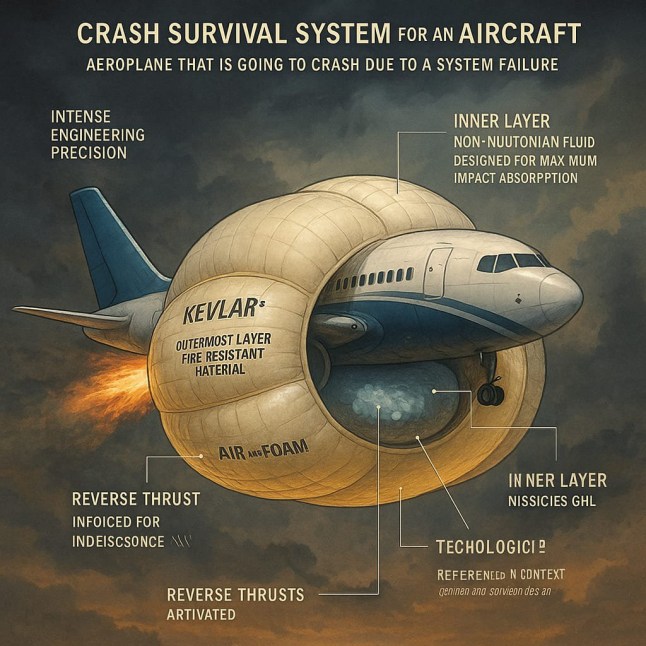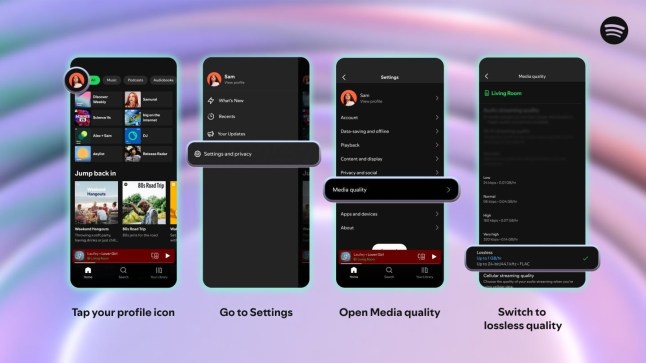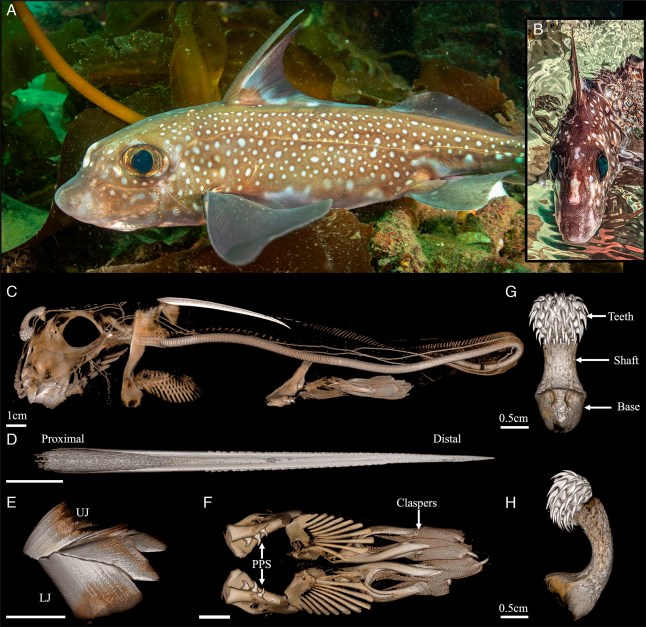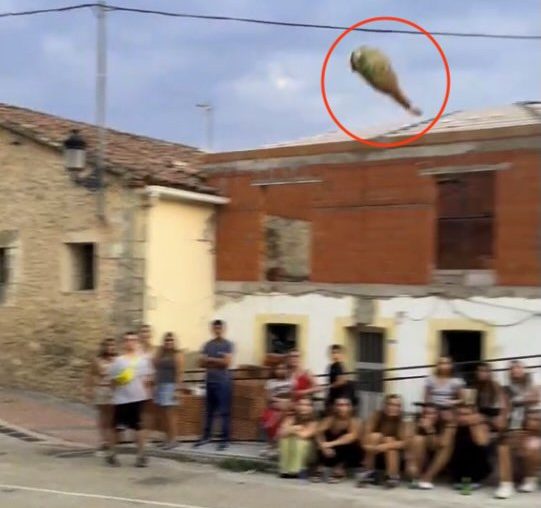
October 2018. Lady Gaga, Calvin Harris and Nicki Minaj were in the charts, Theresa May was prime minister, and Apple’s iPhone XR was about to debut.
It doesn’t feel that long ago, but prepare for time to hit like a rogue wave… that iPhone will become nearly obsolete this week.
You may have sent all your millennial gifs in capital letters on it, swiped your way through Tinder with it, or perhaps you still use it today.
But it can’t download the latest software update now Apple has released iOS 26, just before the newly released iPhone 17 and iPhone Air hit shelves.
That means that, while you can still use it and get critical security patches (for now), it won’t get the latest features, and app developers will gradually stop catering to it.
To view this video please enable JavaScript, and consider upgrading to a web
browser that
supports HTML5
video
Which phones are compatible with iOS 26?
They need an A13 chip at minimum to keep up with the new technology, including liquid glass and AI processing. The newest iPhone models are now running an A19.
Compatible:
- iPhone 17, iPhone Air, iPhone 17 Pro, iPhone 17 Pro Max
- iPhone 16e, iPhone 16, iPhone 16 Plus, iPhone 16 Pro, iPhone 16 Pro Max
- iPhone 15, iPhone 15 Plus, iPhone 15 Pro, iPhone 15 Pro Max
- iPhone 14, iPhone 14 Plus, iPhone 14 Pro, iPhone 14 Pro Max
- iPhone 13, iPhone 13 mini, iPhone 13 Pro, iPhone 13 Pro Max
- iPhone 12, iPhone 12 mini, iPhone 12 Pro, iPhone 12 Pro Max
- iPhone 11, iPhone 11 Pro, iPhone 11 Pro Max
- iPhone SE (2nd generation and later)
Not compatible:
- iPhone XR; iPhone XS; iPhone XS Max; iPhone X
- iPhone 8/8 Plus
- iPhone 7/7Plus
- iPhone SE (1st generation)
- Any other iPhone models released before 2018
So it will slowly phase out of your life, until you trade it in for, I don’t know, a brick, or a different model that folds up like a creaseless piece of paper.
To put it in perspective, the iPhone XR was the bestselling phone of 2019. That’s only six years ago, so there are no doubt lots of them in our pockets still.
A dangerous amount of waste
This is why there are now warnings about mounds of e-waste that could be generated as people feel pressured to upgrade.
Over 150 million units of the XR series had been sold by 2020, and a waste company has now estimated that there could still be over 75 million of them still active, given that roughly 50% of iPhones survive to six years.
I've even got one myself…
Like many people, after retiring an old XR, I kept it on as a backup, and still cart it around, to keep work contacts separate from my personal device.
Realising I’d soon be paying £10 a month to run a phone that wouldn’t even get the latest updates was annoying to say the least.
I don’t deny the phone is slow and laggy, and sometimes switches itself off without warning, but it doesn’t look like an old phone: it’s as sleek as the current generation.
It has a single camera on the back, which until recently would have dated it, but now even the 16 and 17 series comes with a single lens option.
Seven years is even longer in phone years than in dog years though, so maybe it’s time to send it to the great scrapyard in the sky.
Business Waste, a broker firm for disposing of commercial waste, has estimated the value of e-waste that could be generated if everyone who still has an XR decides to get rid.
They estimated that the materials in them, such as copper, silver, gold, and palladium, could be worth £271,425,584 in total.
In total, the weight of these metals alone would be 1,238,944 kg, roughly the same as 103 double-decker buses.
Apple offers a trade-in service, and there are also specialist recycling services for electronics, but as a species, we still dump a lot of e-waste in the bin.
To view this video please enable JavaScript, and consider upgrading to a web
browser that
supports HTML5
video
This is bad, not only because valuable metals are lost to recycling (so more have to be dug up), but because the phones contain materials that can be harmful, such as heavy metals, which can leach into soil and groundwater, contaminating them.
Meanwhile, their lithium-ion batteries can catch fire or explode.
So if you are saying goodbye to a phone in the coming months, do it properly. You might even get some money for it.
A version of this article was first published on September 2, 2025.
Get in touch with our news team by emailing us at webnews@metro.co.uk.
For more stories like this, check our news page.






























